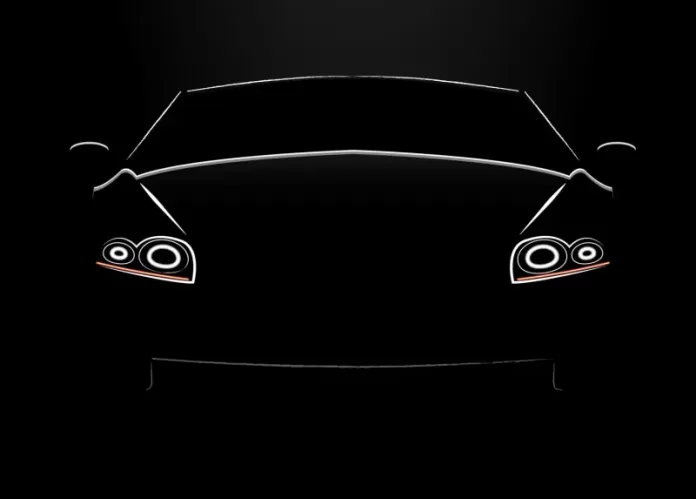From the early days of manual drafting to today’s sophisticated digital design tools, the evolution of automotive design has undergone a monumental transformation in recent years.
Driven by the relentless of technological advancements, that are reshaping the way vehicles are designed, manufactured, and operated, designers can work on Computer-Aided Design (CAD) software and 3D modeling tools to bring their creations to life.
The precision and flexibility offered by CAD and 3D modeling software allow for quicker iterations and more creative exploration. With the ability to create detailed digital models, designers can easily test different variations and configurations before committing to physical production.
Accuracy and Efficiency
CAD and 3D modeling have revolutionized the automotive design process. Designers can now visualize concepts in a virtual space, making adjustments with a few clicks. Unlike the traditional sketches and clay models, design process has significantly reduced in terms of time and associated costs. This level of accuracy and efficiency has opened the door for more innovative and cutting-edge designs in the automotive industry.
Enhance Safety and Convenience
As technology continues to advance, the integration of ADAS (Advanced Driver Assistance Systems) in vehicle development has revolutionized the way we drive.
With features that enhance safety and convenience, drivers can now rely on these systems to assist them on the road. However, apart from improved driving experience, ADAS has set a stage for further advancements in automotive technology.
Virtual Test Drives
With the Virtual Reality (VR) possibilities, automotive designers have a chance to immerse themselves in virtual environments, for them to test drive designs before they even hit the road. Creating virtual prototypes and simulations, identifying potential flaws and make necessary adjustments before physical production begins, VR has revolutionized designing approach that was previously unimaginable.
Collaboration and Communication in Global Design Teams
Thanks to technology, designers can easily connect with team members across different time zones and work together seamlessly in real-time, making the design process more efficient and effective. Virtual meetings, shared design tools, and real-time communication have turned global collaboration into a diverse pool of talent and creativity, resulting in innovative and trailblazing designs.
Data-driven insights
Having the power to analyze data and predict trends, automotive industry is embracing artificial intelligence to revolutionize the design process. Designers are able to streamline their workflow and make more informed decisions based on data-driven insights, for a more innovative and efficient design implementation. AI helps designers create personalized vehicles that cater to individual preferences.
Enhanced Safety and Performance
Integration of sensor technologies in cars can detect obstacles, and enhance safety features like automatic emergency braking.
Fuel Efficiency
Lightweight materials improve fuel-efficiency in cars. For instance, materials like carbon fiber and aluminum, improve performance without weighing the vehicle down.
Crashworthiness
Designers use innovative approaches like crumple zones and advanced materials to ensure vehicles protect occupants during accidents.
Greener Future
From utilizing recycled materials to implementing eco-friendly manufacturing processes, technology has revolutionized how automotive designers approach sustainability. The digital era has paved the way for a greener future in automotive design.
Reduction in Carbon Footprint
Technology advancement allows automotive designers to optimize vehicle structures and components to reduce carbon emissions. Every design element is carefully crafted to minimize environmental impact.
Challenges and Opportunities in Green Automotive Design
While the shift towards eco-friendly automotive design is promising, designers face challenges such as balancing sustainability with safety and performance standards. However, these challenges have also opened up opportunities for innovation and creativity in creating greener vehicles for the future.
Emerging Technologies Shaping the Future of Automotive Design
As automotive technology advances at high speed, the influence on modern automotive design is expected to further revolutionize the way vehicles are conceptualized and developed.
With a focus on innovation, safety, sustainability, and efficiency, designers are constantly exploring new ways to integrate these technologies seamlessly into vehicle designs, setting the stage for a futuristic and connected driving experience.
The journey towards smarter, greener, and safer vehicles powered by cutting-edge technologies is a testament to the transformative impact of technology on the automotive industry.
Nonetheless, looking towards the horizon of automotive design, one thing is certain – technology will continue to be a driving force in shaping the vehicles of tomorrow. The fusion of innovation, sustainability, and user-centric design will yield a new era of automotive excellence.
The future holds endless possibilities, and embracing these advancements, the automotive industry stands poised to revolutionize the way we move and interact with our vehicles. Exciting times lies ahead as we all witness the ongoing impact of technology on modern automotive design.




